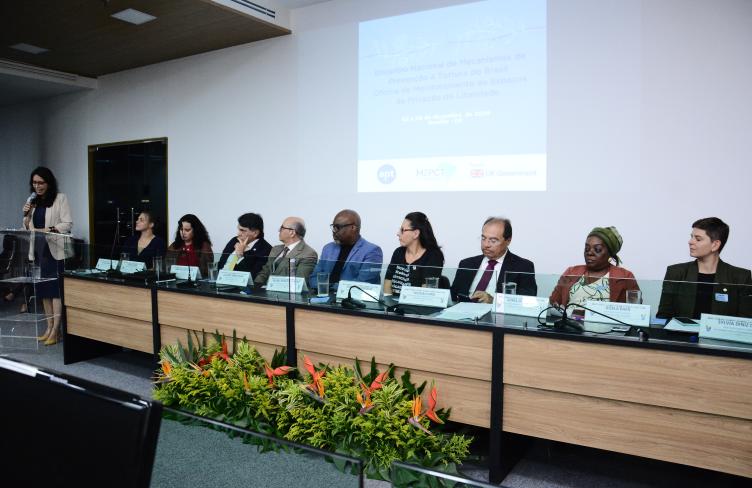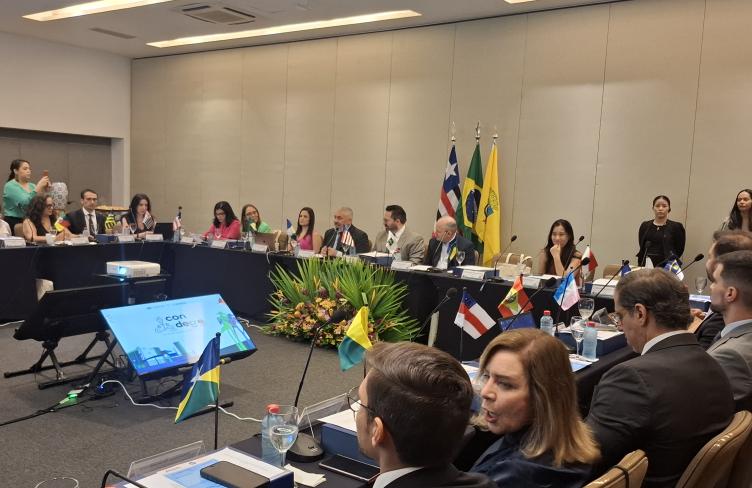
Today, 18 July, marks the birthday of Nelson Mandela, a day celebrated each year to promote a culture of peace, justice and respect for human rights for all. The Nelson Mandela Rules, which detail the proper treatment of prisoners, are a blueprint to ensure humane conditions for detainees. Their implementation is key to the prevention of torture.
The ‘Nelson Mandela Rules’, or the revised Standard Minimum Rules for the Treatment of Prisoners, are one legacy left by Nelson Mandela, among many others. These Rules were inspired by Mandela’s own experience during his 27 years spent in prison. When it comes to torture prevention, they are vital.
In 2015, the United Nations General Assembly unanimously adopted a revised version of the Standard Minimum Rules. For decades, these were the only guidance available on how to treat persons deprived of their liberty. Until four years ago, they made no mention of the prohibition of torture.
Now, in their revised form, they act as a model of good practices for detention facilities to follow. Crucially they prioritise prisoners’ dignity and respect, including no discrimination as a basic principle. Rule 1 is particularly important. It unequivocally prohibits any form of torture or ill-treatment of persons deprived of their liberty.
“All prisoners shall be treated with the respect due to their inherent dignity and value as human beings. No prisoner shall be subjected to, and all prisoners shall be protected from, torture and other cruel, inhuman or degrading treatment or punishment, for which no circumstances whatsoever may be invoked as a justification.” Nelson Mandela Rules, Rule 1.
The Rules also include means to ensure that no other actions can amount to torture, such as through medical treatment or use of restraints. They also stress the need for prison staff to receive adequate training on the prohibition of torture and ill-treatment.
To achieve this vision – detention centres free from torture and ill-treatment – the Rules recognise the essential need role of independent monitoring bodies. The APT’s 40-years working on torture prevention has taught us that transparency and unannounced visits by independent bodies are key to the prevention of torture.
Two types of inspections are included in the Rules. The first are internal or administrative inspections by the prison administration.
The second are inspections conducted by independent bodies. For instance, National Preventive Mechanisms established under the Optional Protocol to the UN Convention against Torture – OPCAT – or international bodies, such as the Subcommittee on Prevention of Torture or the European Committee for the Prevention of Torture, can play this role effectively.
It is encouraging to see that since the revision, National Preventive Mechanisms (NPMs) are applying the Nelson Mandela Rules in their monitoring work. The APT’s Detention Focus Database exists precisely to support NPMs do this.
We must also recognise, however, that on the path to torture prevention, much work remains to be done to align with the base standards set out in the Rules. Abiding by the respect for detainees’ dignity and applying the sense of justice contained within the Rules is essential. Strong, independent monitoring bodies are important now more than ever, if we are to see the all-important Rule 1 applied in detention facilities wherever they exist.


